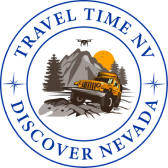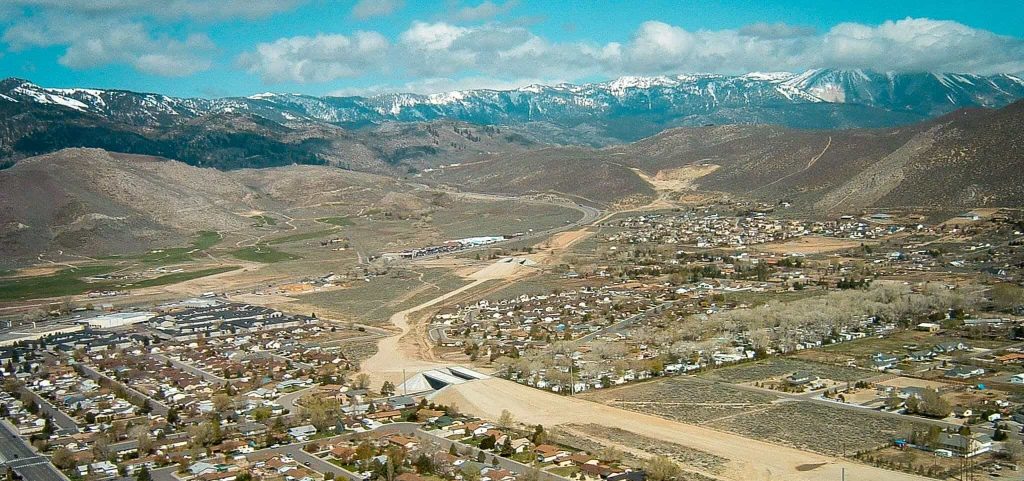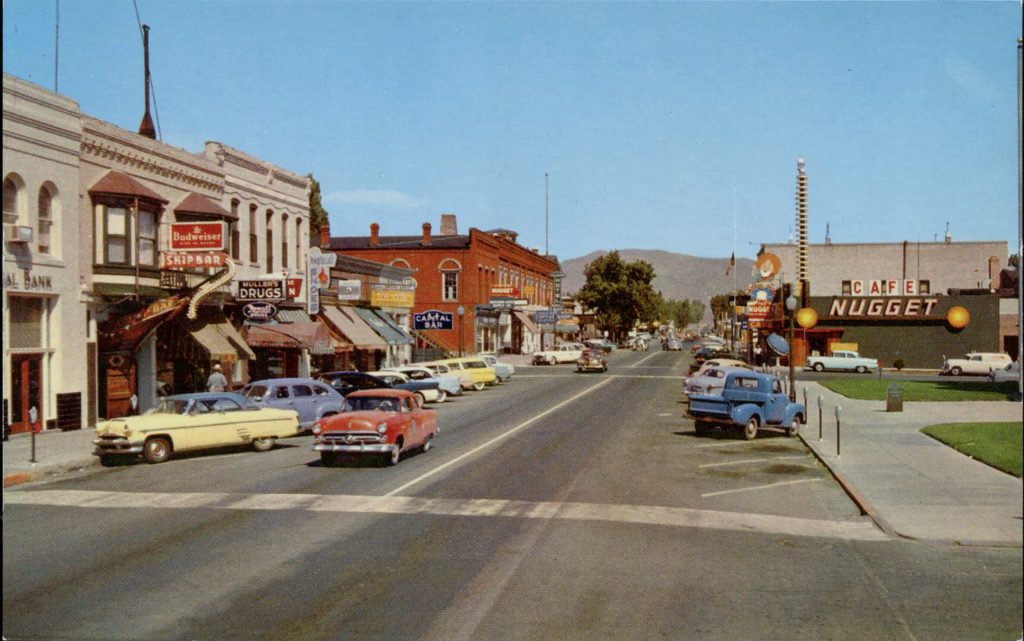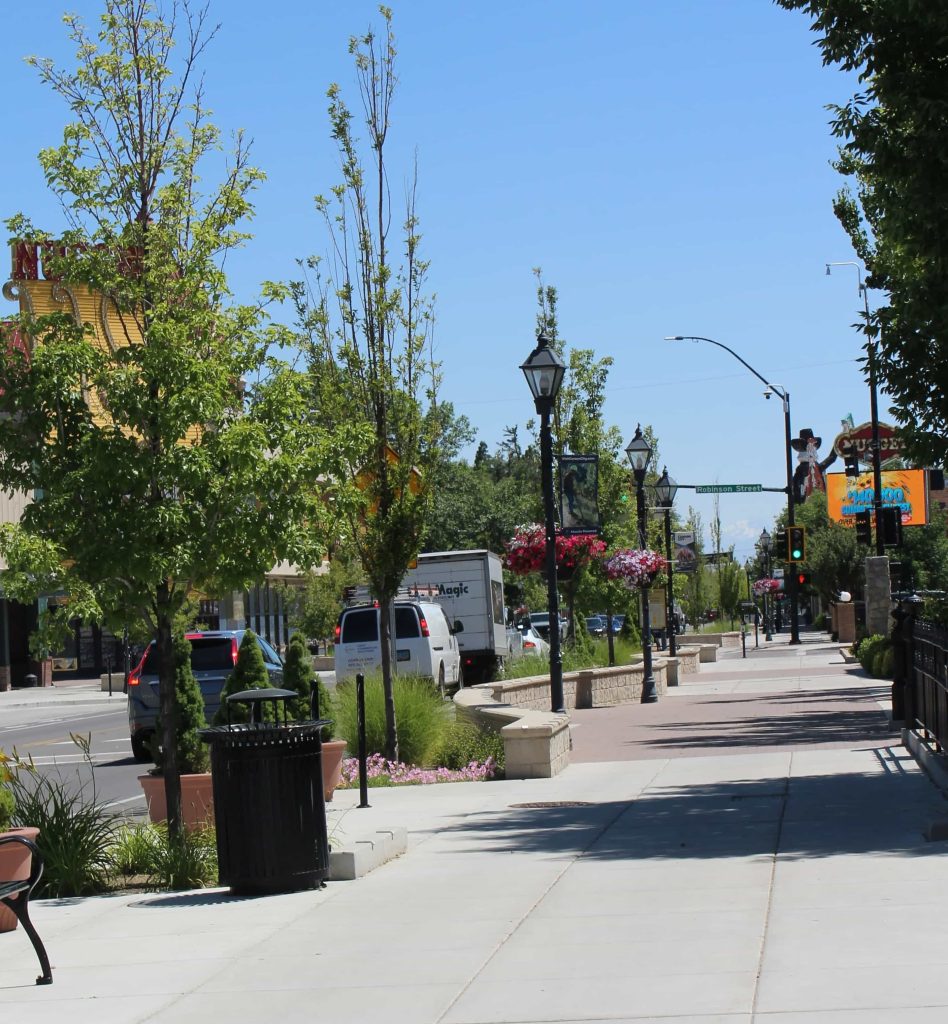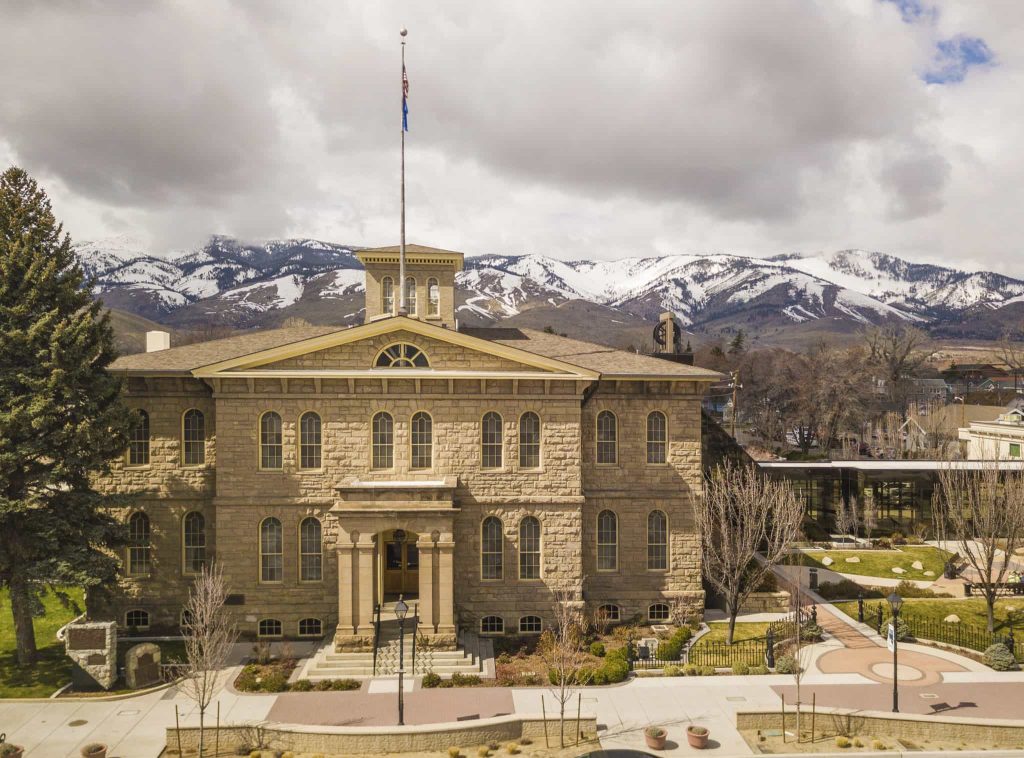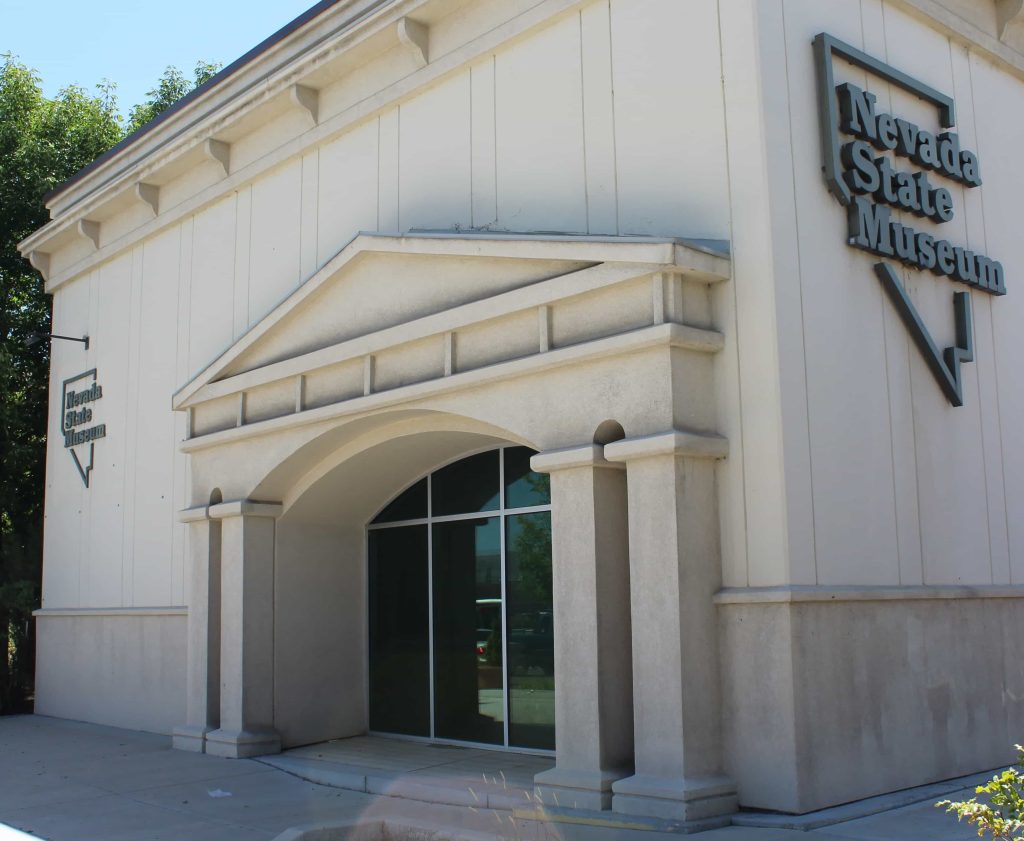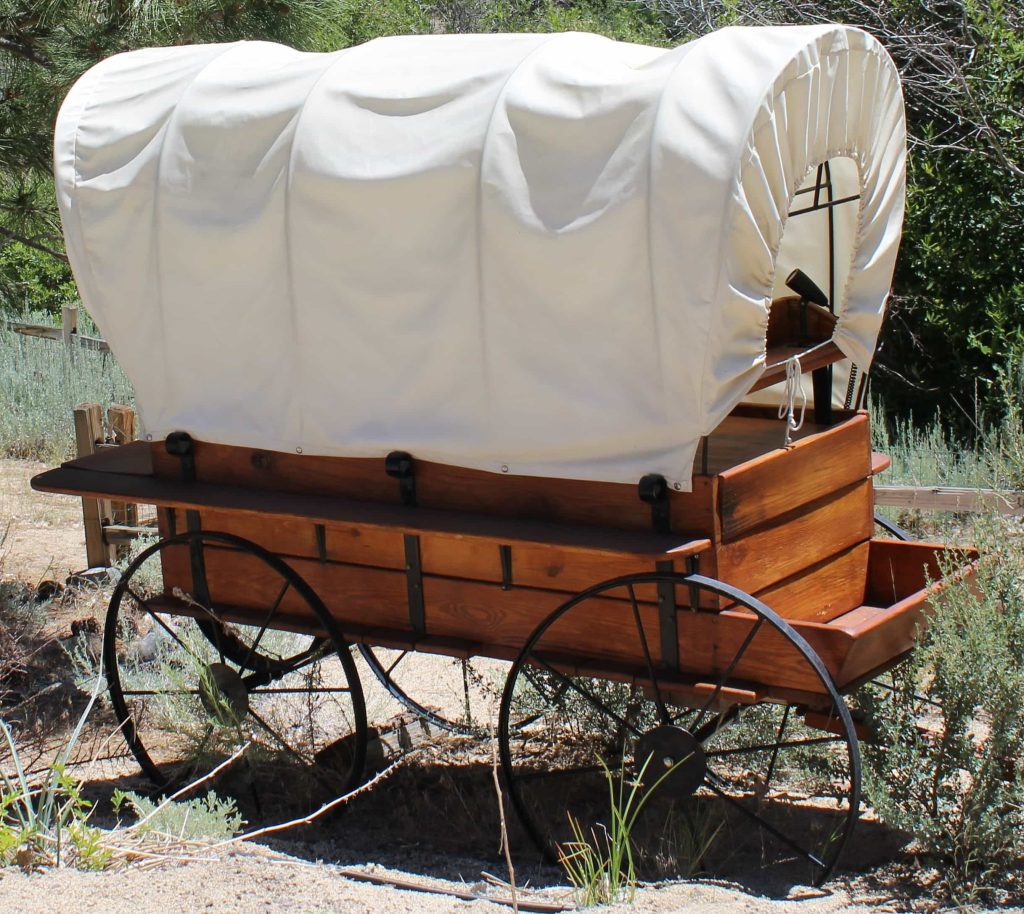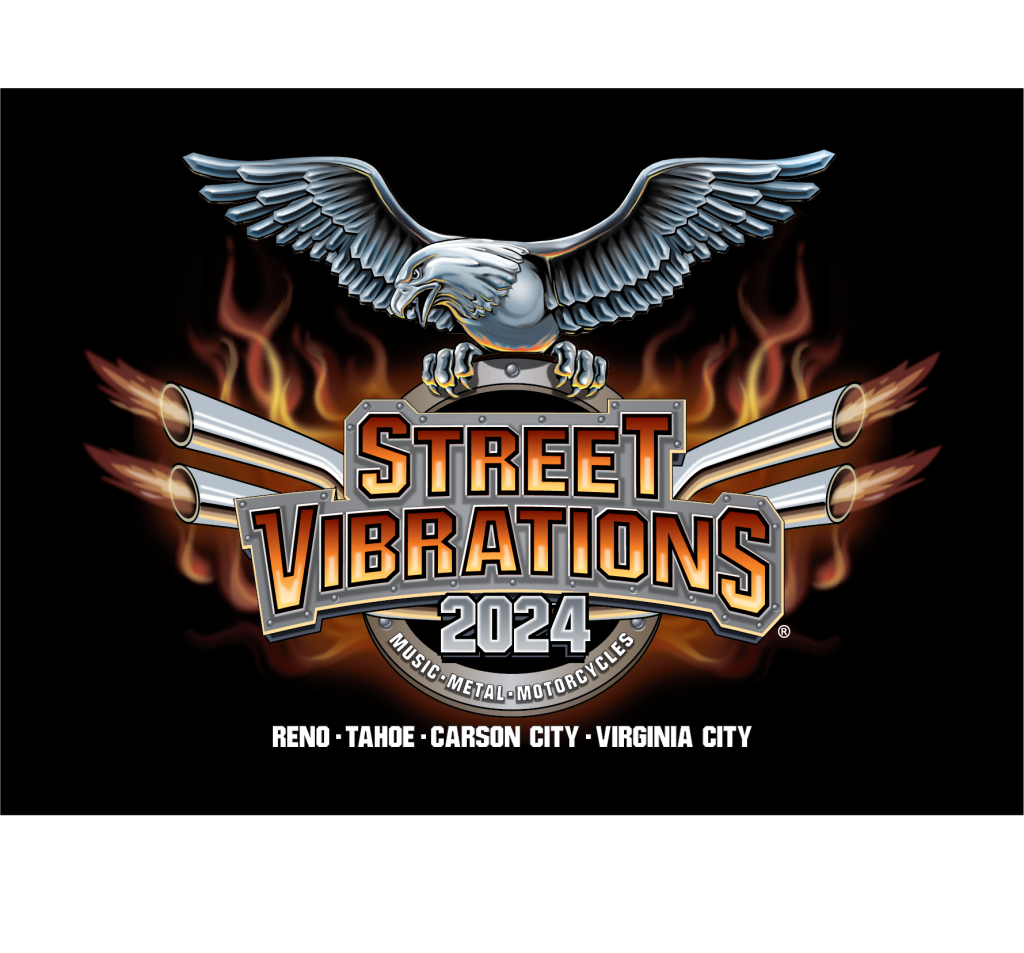Carson City
Carson City, Nevada’s capital, is a city steeped in history and natural beauty. Nestled in the picturesque Sierra Nevada foothills, it offers a blend of cultural and outdoor attractions. Visitors can explore the Nevada State Capitol building, take a step back in time at the Nevada State Museum, or visit the historic Nevada State Railroad Museum. Outdoor enthusiasts can indulge in hiking, biking, and water activities at nearby Lake Tahoe. With a charming downtown area, vibrant arts scene, and proximity to the stunning Lake Tahoe, Carson City offers a delightful mix of historical sites and outdoor adventures for travelers to enjoy.
Nestled in the picturesque Sierra foothills, Nevada’s state capital, Carson City is steeped in history and natural beauty.
Visitors can enjoy a combination of indoor and outdoor attractions. The Nevada State Capitol, its surrounding historic buildings and the well-established casinos depict the architecture of the late 1880s. For museum buffs, you will definitely want to set aside ample time to explore the Nevada State Museum; it houses the historic Carson City Mint and a wide variety of exhibits that will take you back in time. Plus, the Nevada State Railroad Museum is a must!
Other nearby attractions include the Silver Saddle Ranch, Brewery Art Center and Prison Hill and Recreation Center.
For outdoor enthusiasts, nearby Lake Tahoe offers hiking, biking, fishing, water skiing, snow skiing, snowmobiling and more! Plus, Washoe Lake is just over the hill and offers duck and geese hunting, water skiing and fishing. Just 15 miles away is historic Virginia City where you can visit saloons, museums and relive the old gold mining days.
There are a wide variety of hotel accommodations and places to eat… just be sure to make your reservations well ahead of time, especially during the summer months.
From Las Vegas, take the 95 North to US 50 and go west 434 miles
From Reno, take Hwy 395 South
From Lake Tahoe area, take Hwy 50 East
From Minden / Gardnerville take the 395 North
From Genoa, take Hwy 206 North
Wear comfortable walking shoes and/or hiking shoes depending on your activity choices
Dress accordingly for the weather – temperatures can change quickly; bring layered clothing
Be sure to charge your batteries for all electronic devices – you’ll have lots of photo ops
For about 6,000 years, the Washoe people inhabited the valley and surrounding areas of Carson City. In January 1843, John C. Freemont and his exploration party name the river flowing through the valley Carson River, in honor of Kit Carson, the mountain man scout he had hired for his expedition. Later, settlers name the area Washoe, in reference to the indigenous people. By 1851, Eagle Station ranch along the Carson River was a trading post and stopover for travelers.
Until 1858, Carson City’s locale was known only as the Eagle Ranch. But, then a promoter, Abe Curry, laid out a midwestern-style town with substantial central plans and announced he intended the area as a site for the capital city. He left a 10-acre plot in the center of town for the capitol building. Situated in a charming valley halfway between Genoa and Viriginia City, it attracted much of the through traffic from the former and latter. It soon became a business and market center for the entire region that had been abandoned by the Mormons.
Nearly 8 months had passed from the time Congress created Nevada Territory until a formal government was fully established. Governor Nye reached Carson City in July and chose it as the place to organize a territorial government. In the 1861 legislation, William M. Steward claimed credit for the designation of Carson City as the permanent territorial capital and which provided for the creation of eight county seats and nine counties.
In 1959, gold and silver were discovered on the nearby Comstock Lode and Carson City’s population began to grow. Curry built the Warm Springs Hotel where he loaned it to the territorial Legislature as a meeting hall. The Legislature named Carson City to be the seat of Ormsby County and selected the hotel as the territorial prison. Today, the property is still part of the state prison.
In 1864, during the American Civil War, Carson City was confirmed as Nevada’s permanent capital. Its development no longer was dependent on the mining industry and instead became a thriving commercial center. The Virginia and Truckee Railroad was built between Virginia City and Carson City. The current capitol building was constructed from 1870 to 1871 and the United State Mint operated the Carson City Mint between the years 1870 and 1893 which struck gold and silver coins. Many people came from China during that time to work the railroad and by 1880, almost a thousand Chinese people, or one for every five Caucasians, lived in Carson City.
The US federal building, now renamed the Paul Laxalt Building, was completed in 1980. The city’s population and transportation decreased when the Central Pacific Railroad built a line through Donner Pass, dropping the population to just over 1,500 people by 1930. It resigned itself to a small city status advertising itself as “America’s smallest capital.” It slowly grew after World War II and by 1960, it had reached its 1880 boom-time population.
Today’s population of Carson City is 58,639 …. and its main source of revenue is from the Government offices. It continues to attract many tourists annually to share its history and charm.
Things To Do
Street Vibrations Fall Rally – Reno
Carson City Reno Sparks Virginia City
Automotive Autosports Exhibition Food & Drink Motorcycles Music Outdoor
